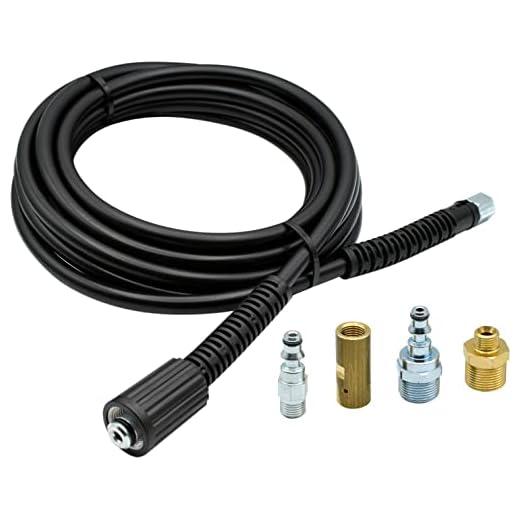



Establish clear boundaries for operational zones. Identify areas where the machine will be used and ensure that all personnel are well-informed about these zones. This step is non-negotiable, as it prevents unnecessary accidents and ensures a safe working environment.
Conduct a detailed examination of all equipment before each usage. This involves checking hoses, connectors, and nozzles for wear or damage. By maintaining a rigorous inspection routine, you reduce the likelihood of malfunction and promote longevity in your tools.
Evaluate the training and competencies of the users. Implement mandatory training sessions that cover not only the operation of the machinery but also the potential hazards associated with its use. Knowledge is power; equipping your team with the right information is paramount for safety.
Assess environmental factors. Weather conditions can greatly impact operations, and it’s vital to factor in elements such as wind, rain, or icy surfaces, which could compromise safety. Develop guidelines that specify acceptable conditions for usage.
Ensure that all safety gear is worn and that users are trained in its importance. Items such as eyewear, gloves, and non-slip footwear can greatly reduce the likelihood of injury and should be integrated into your standard operating procedures.
Document everything meticulously. Records of inspections, training sessions, and incidents will not only foster accountability but also provide necessary references for future evaluations and improvements. A thorough documentation process cannot be overstated.
Identifying potential hazards related to pressure cleaning devices
Begin by examining the electrical and physical aspects of your equipment. Inspect cords and plugs for damage or wear, as exposed wiring can pose significant dangers. Ensure that connections are secure and free from moisture, which can lead to short circuits or electrocution.
Next, assess the surroundings where the cleaning will occur. Watch for slippery surfaces that could lead to slips and falls. Evaluate the area for obstacles that may interfere with operations or could become projectiles under high pressure.
Consider the chemicals used in conjunction with the apparatus. Products such as detergents or solvents may have hazardous properties, including flammability, toxicity, or environmental concerns. Always check the Material Safety Data Sheets for potential risks associated with specific substances.
Pay attention to the high-pressure stream itself. The force generated can cause severe injuries if directed at skin or eyes. Always use appropriate personal protective equipment (PPE), such as gloves, goggles, and closed-toe footwear, to mitigate these dangers.
Also, reflect on the noise level produced. Prolonged exposure to high decibels can lead to hearing loss. Adequate hearing protection should be worn during operations to minimise this risk.
Lastly, ensure that all operators are properly trained. Inexperienced users may create hazardous situations due to unfamiliarity with the machine’s operation or safety protocols. Consider implementing a training programme to cover essential techniques and emergency procedures.
Assessing Operator Training and Competence Requirements
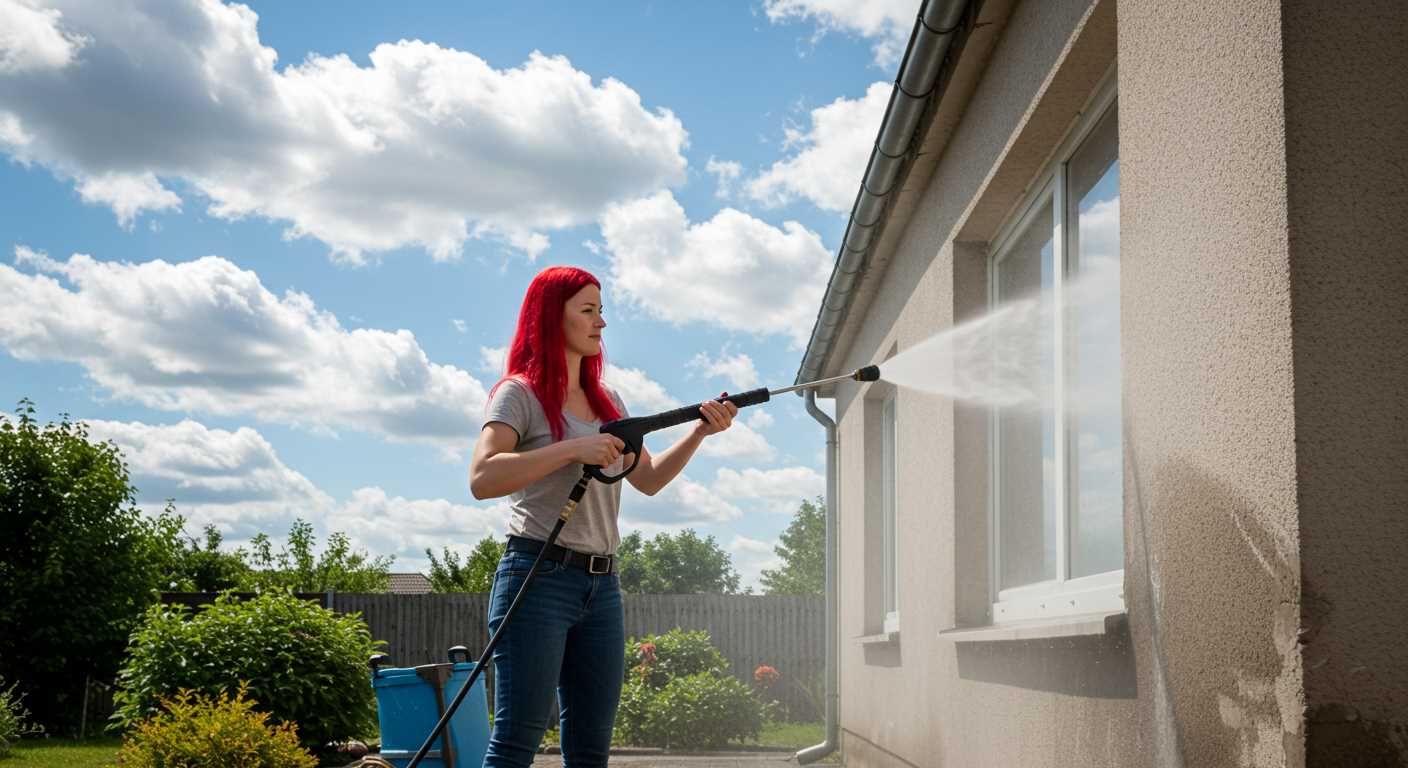
Operators must possess appropriate training before engaging with high-pressure equipment. A structured training programme should cover equipment handling, safety protocols, and emergency procedures to mitigate hazards effectively.
Training Content
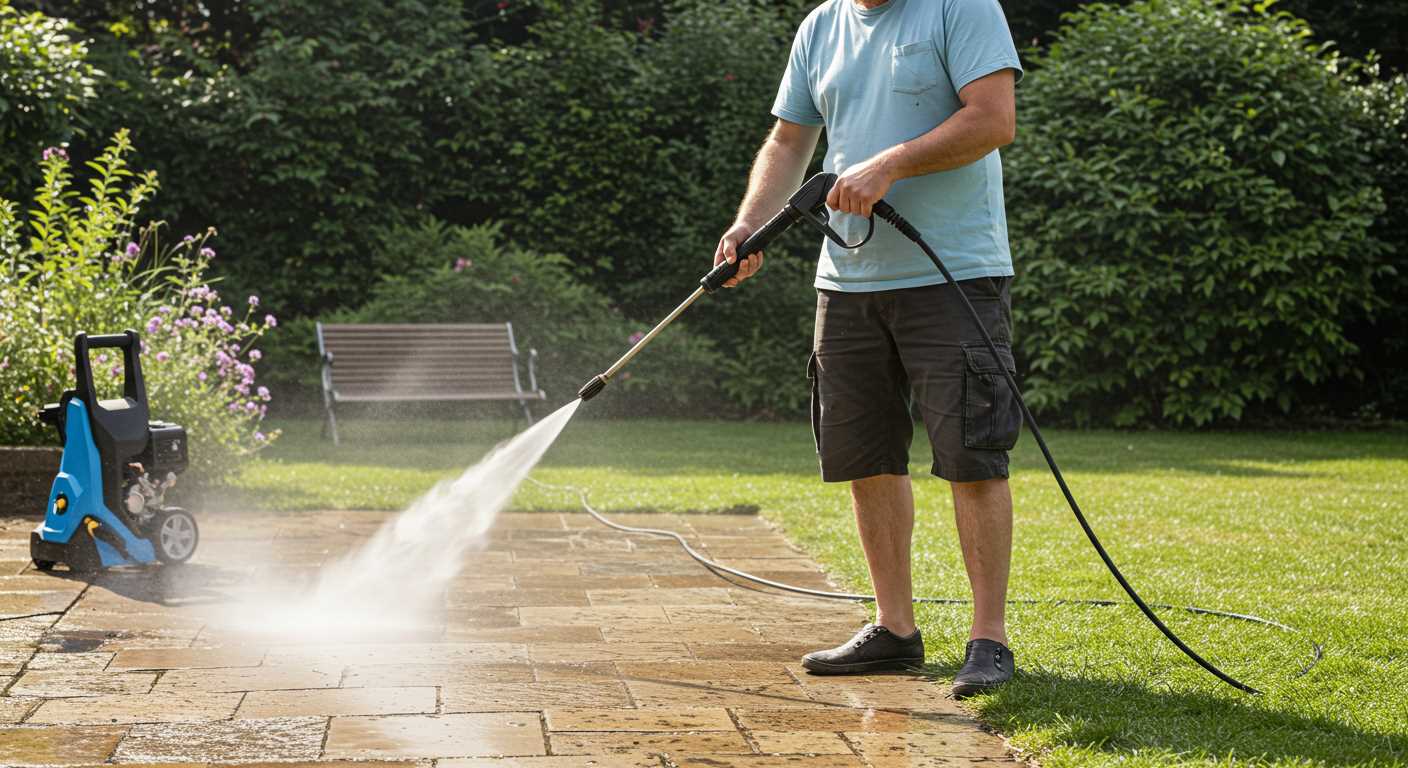
Core training content should encompass the following areas: understanding the equipment’s operating manual, recognising the potential risks associated with specific tasks, personal protective equipment (PPE) usage, and the importance of site safety. Operators must also learn how to conduct pre-use inspections to identify any abnormalities that could compromise safety.
Evaluation of Competence
Post-training evaluations, including practical demonstrations and written assessments, are pivotal in verifying that operators grasp necessary skills and knowledge. Continuous learning should be encouraged through regular refresher courses and updates on new techniques or regulations. This commitment not only enhances safety but also fosters confidence in operators as they handle challenging tasks.
Evaluating the Working Environment and Its Impact
To mitigate hazards effectively, I assess factors such as surface conditions, nearby structures, and general surroundings before commencing any cleaning task. Ensuring a stable, flat surface can significantly reduce the risk of slips and falls when using high-pressure machinery. It’s advisable to remove obstacles and ensure debris-free zones where staff will be operating.
Environmental Factors
Weather conditions play a critical role in the safe operation of cleaning equipment. Rain or wind can lead to equipment malfunction or lessen control over the nozzle, increasing the likelihood of injury. Prepare for inclement weather by having a designated indoor area for equipment use, where applicable. Additionally, consider temperature extremes that may affect both the operator and the machinery; both should be monitored closely.
Proximity to By-standers
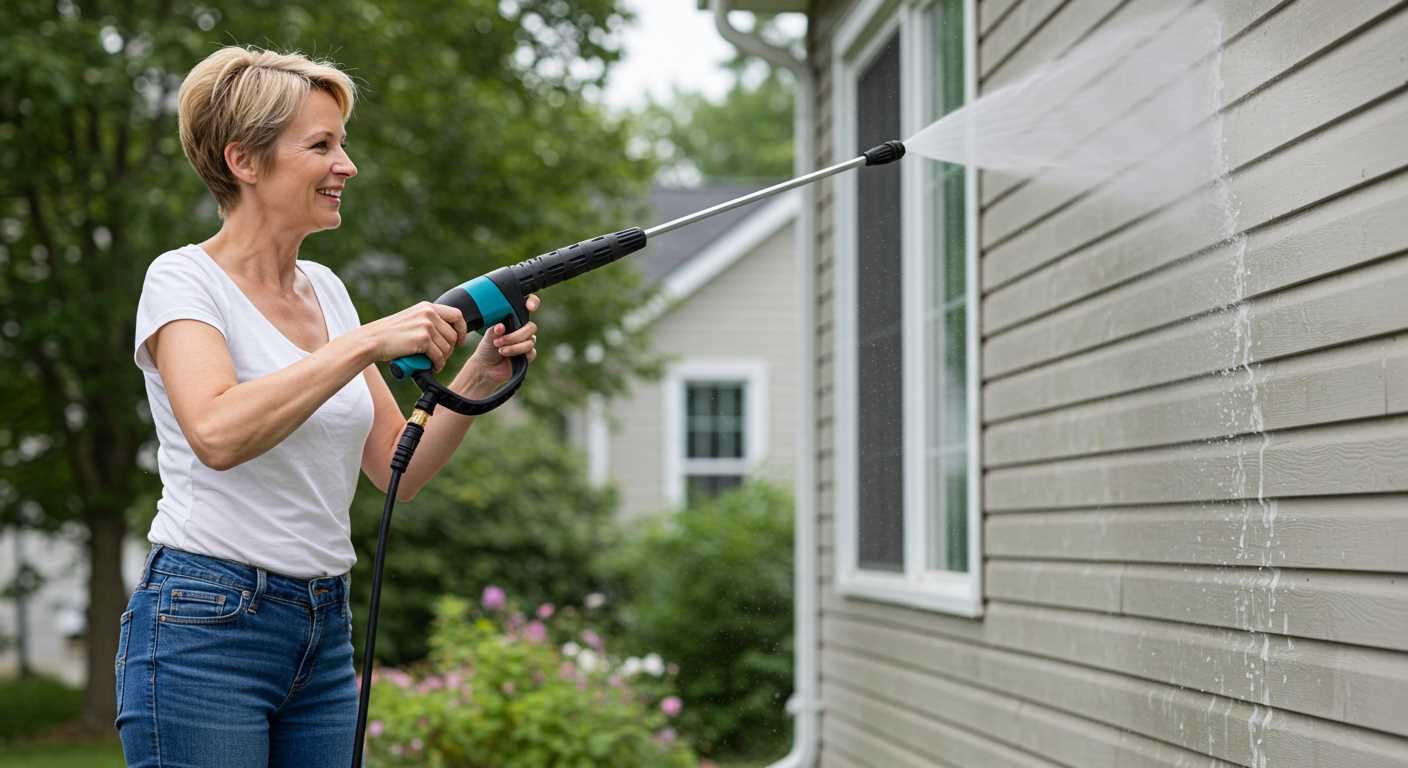
The vicinity of individuals not involved in the job must be evaluated continually. Establish a safe perimeter around the operational area and ensure that non-essential personnel are removed from this zone. Use barriers or signage to inform others of the ongoing cleaning activity. This strategy not only protects the operator but also ensures the safety of bystanders against high-pressure water sprays or potential flying debris.
Reviewing Maintenance and Equipment Safety Standards
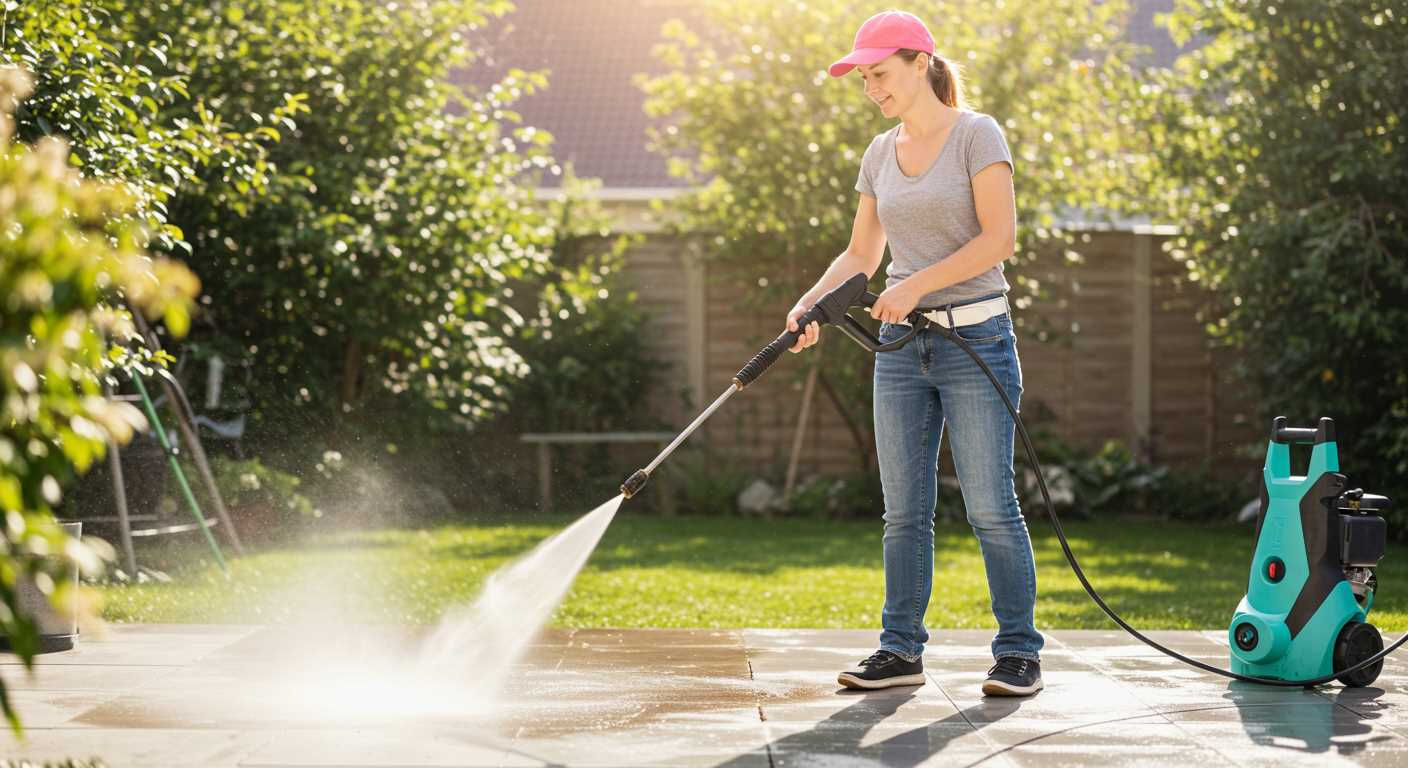
Regularly checking compliance with safety standards is vital. Equipment should adhere to the specifications laid out by relevant authorities, such as the European Safety Standard EN 60335-2-79 for cleaning machines. This ensures not only operator safety but also longevity of the equipment.
Documented maintenance schedules must be in place. These should include detailed checklists addressing key components like hoses, nozzles, and safety features including pressure relief valves. Failure to maintain equipment leads to increased chances of incidents and costly repairs.
Weekly inspections should cover:
| Component | Inspection Criteria | Action Required |
|---|---|---|
| Hoses | Check for cracks, abrasions, and leaks | Replace damaged hoses |
| Nozzles | Ensure proper functioning and cleanliness | Clean or replace as necessary |
| Electrical components | Look for frayed wires and proper insulation | Repair or replace faulty wiring |
| Pressure relief valve | Test functionality to prevent over-pressurisation | Service or replace if defective |
Document all maintenance performed. Keeping an up-to-date log guarantees accountability and can be invaluable in case of inspections or incidents. Performing regular training refreshers for operators on equipment safety can significantly enhance awareness and reduce errors.
Finally, consider integrating a checklist for pre-use inspection. This routine should encapsulate all significant safety checks, ensuring operators are equipped with the knowledge to identify potential hazards before use.
Understanding the implications of water and electrical safety
Always ensure that power sources are securely separated from water exposure. Use GFCI (Ground Fault Circuit Interrupter) outlets for any electrical connections. This proactive measure significantly reduces the chance of electric shock by shutting off power if a fault is detected.
Regular Inspection and Maintenance
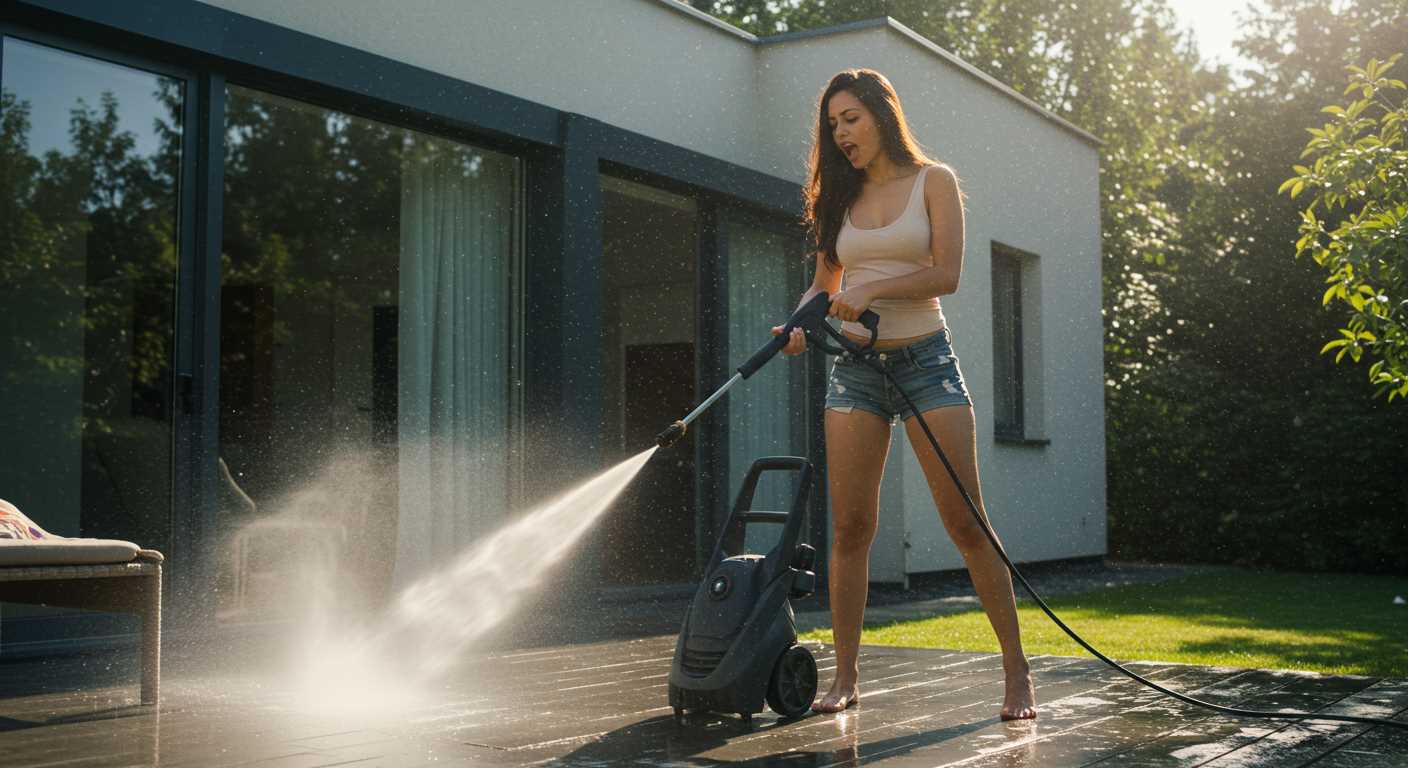
Conduct routine checks of all electrical components, ensuring that no wires are frayed or damaged. Water ingress can lead to short circuits, posing safety hazards. Store all equipment in dry environments and cover any unused electrical connections with waterproof materials.
Operator Awareness and Training
Educate operators on the risks associated with combining electricity and water. Regular training sessions should cover safe handling practices, identifying faulty equipment, and emergency procedures in case of an electrical incident. Emphasis on awareness can prevent serious accidents.
Implementing Personal Protective Equipment (PPE) Guidelines
Adopt a strict protocol for PPE use among operators. Protective eyewear must be worn at all times to shield eyes from debris and high-pressure water spray. Use visors or goggles with side shields for optimal protection.
Ensure that appropriate gloves are selected based on operational requirements. Heavy-duty, slip-resistant gloves can prevent injuries while handling equipment or slippery surfaces. Consider using chemical-resistant gloves if cleaning agents are involved.
Footwear should be sturdy and non-slip to prevent accidents. Heavy-duty boots with protective toe caps provide added safety, while also reducing the risk of slips in wet environments.
High-visibility clothing is recommended, especially in areas where multiple operators are working simultaneously. This enhances visibility and reduces the risk of accidental injury.
In addition, a full-face respirator or mask may be necessary in environments where harmful vapours or particles are present, particularly when using detergents or other chemicals.
Operators should receive training on the importance of PPE and how to properly use and maintain their protective gear. Regular inspections of PPE should be conducted to ensure that it remains in good condition and free of damage.
Finally, it’s prudent to establish a culture that prioritises safety. Encourage ongoing conversations around PPE and allow for feedback, adapting procedures as necessary to ensure everyone’s well-being.
Documenting Findings and Recommendations
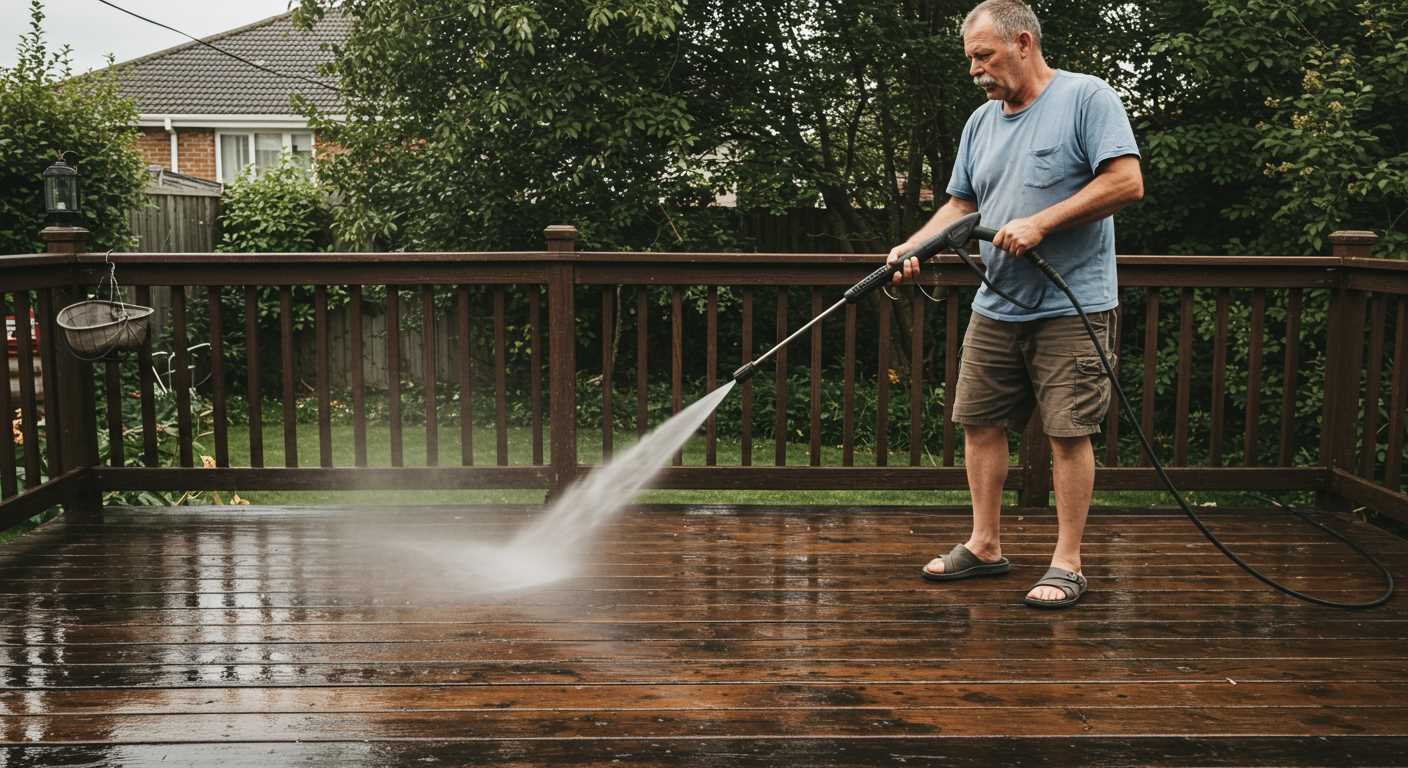
It is crucial to systematically document observations and suggested actions derived from the evaluation process. This serves as a reference for ongoing safety management and improvements.
Key elements to highlight in the documentation include:
- Date and location: Record when and where the evaluation took place to provide context for future reviews.
- Identified hazards: Clearly list each danger noted during the examination. Specify how these may affect operators and bystanders.
- Risk levels: Assign hazard severity levels based on potential impact and likelihood, enabling prioritisation of action plans.
- Recommended controls: Detail specific actions to mitigate identified hazards. These may encompass changes in procedures, operator training enhancements, or equipment modifications.
For recommendations, I suggest categorising them by urgency:
- Immediate actions: Any measures that must be implemented right away to address serious threats to safety.
- Short-term improvements: Suggestions that can be addressed within a few weeks, such as operator training refreshers.
- Long-term strategies: Plans that require significant resources or system changes, like equipment upgrades or replacement.
Furthermore, maintaining a clear record of actions taken in response to each recommendation is essential. This creates accountability and provides insight into the effectiveness of implemented measures.
Establish a review schedule to revisit and update the documented findings as necessary. This allows for continuous learning and adaptation as new equipment and best practices emerge in the industry.
Also, ensure that all documentation is easily accessible to relevant personnel. This promotes oversight and ensures that safety remains a priority across all operations.


